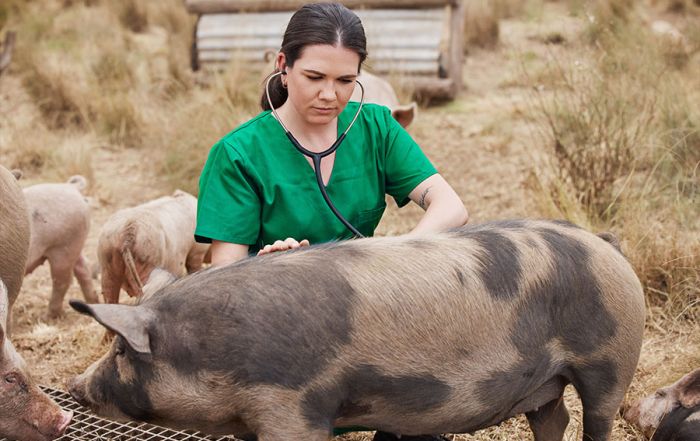Keep Ready-to-Eat Foods Safe
In our first blog for February, we identified some of the risks with ready-to-eat foods. RTE does not mean risk free! We pointed out that food processors have implemented food safety plans that use good manufacturing and good handling practices (GMPs and GHPs). Foodservices often purchase RTE foods to avoid some risk in-house. In fact, many schools do not purchase raw protein foods because of risks from under cooking and cross-contamination. But there are still risks from temperature abuse due to improper holding and from contamination that occurs intentionally, or unintentionally, from employee practices or unclean equipment.
So, what prevention steps can be taken? Avoiding temperature abuse means having calibrated temperature measuring devices readily available and staff knowing how to use these. It means knowing which foods need to be kept out of the temperature danger zone (remember that is between 41°and 135°F) as well as recognizing end-point cooking temperatures for the specific food item, and keeping hot foods hot and cold foods cold.
Defending the safety of food means it being stored in secure locations or closely monitored. Using the “see something, say something” approach prevents unauthorized people from causing harm. Controlling access to food storage and production areas to employees and having staff in public service areas monitoring the action and being a presence can reduce risks. So, if you have a self-serve food bar, schedule employees to be out front. The bonus is they can keep the area clean and replenish supplies, and provide a visible presence.
Avoiding unintentional contamination means storing the food correctly to keep it safe. Staff who are in good health following good hygiene practices and who don’t directly touch the food with their bare hands is key to risk prevention. FoodHandler has several good videos on these topics for staff. The current Model Food Code, released in 2017, states that food handlers should not touch ready-to-eat foods with their bare hands and that suitable utensils such as deli tissue, spatulas, tongs, single-use gloves, or dispensing equipment should be used. Use of these tools provides a barrier between hands and the food, thereby minimizing some of the risk.
Gloves are an easy to use solution to providing this barrier. In fact research has found that customer perceptions improved if gloves were worn by food workers. Risk nothing!
Making sure utensils and surfaces in contact with the RTE food are clean and sanitized, and haven’t been re-contaminated by dirty hands reduces risk of pathogen transfer.
Food safety fundamentals of temperature controls, good employee practices, and a rigorous cleaning and sanitation program are key to keeping food safe. RTE foods reduce some risks, but not all. Since we are in basketball season, we will use the adage of “the best defense is a good offense” and add, “particularly for ready-to-eat foods”.
As we say at FoodHandler, Risk Nothing!
Never Did I Ever…
Yes, I know the real game is “never have I ever”, but that phrase didn’t work [...]
Understanding Food Contamination in Foodservice Operations
Within this blog, I’ve provided a lot of details about the finer points of food safety [...]
The Antibiotic Debate in Our Food Chain
The discovery of antibiotics in medical science is regarded as one of the most important medical [...]
Exposing the Risks of Raw Milk
When I began my career in the food safety area several years ago, I never dreamed [...]









